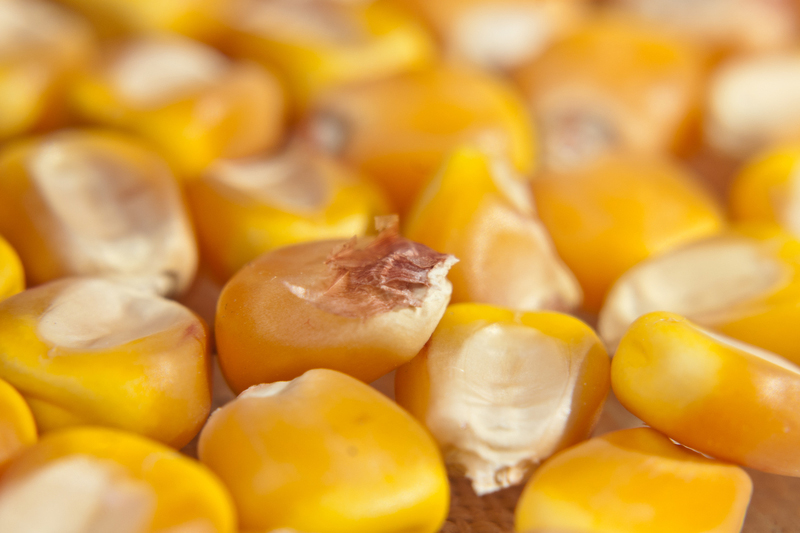Fusariotoxins: In a variety of corn materials

Feed raw materials show different profiles of mycotoxin contamination depending on the type of culture and storage conditions, new research showed.
The study was presented at the recently held World Mycotoxin Forum in Winnipeg, USA. The study, carried out by Olmix and LABOCEA (French public lab) compared fusariotoxins occurrence in different types of corn materials: dry corn grain, humid corn grain (silage corn grain) and corn silage (fermented full corn plant). The study uses the LABOCEA database composed of chromatography analyses run with LC MS/MS from 2013 to 2015.
Experimental design
24 fusariotoxins are tested in each analysis. The percentage of positive samples (> LOQ) and the median level of contamination (ppb) per mycotoxin are the 2 main criteria used. In order to avoid any geographical interaction, samples from 1 restricted area only (France) are considered: dry corn grain (n=337), humid corn grain (n= 119) and corn silage (n= 557). Data shows that all types of corn materials are poly-contaminated with fusariotoxins (per sample, in average 7 fusariotoxins are positive) and that deoxynivalenol (DON) is the most frequent (>90% of positive) and the most present (median value > 600ppb) fusariotoxin.
Read also:
The A-Z of mycotoxins – an update directory of the different mycotoxin groups and which mycotoxin species fall under each group. Also the occurrence per region is mentioned and the effects per animal species. Click on the words around the grain picture to read more about the individual mycotoxins per group.
Result depend on corn material
The profiles of fusariotoxins (% of positive samples) are very similar between corn raw materials whereas the level of median contamination depends on the type of corn material. Corn silages have higher DON median level of contamination (1090 ppb) than humid corn grains (980 ppb) than dry corn grains (720 ppb). Deoxynivalenol acetyl forms (15-O-acetyl and 3-O-acetyl DON) contaminations are similar for all types of corn materials. Nevertheless, nivalenol (NIV) median level in corn silage is 4 times higher than in corn grain (290 ppb vs 68 ppb, respectively).
ZEA occurrence similar
On the contrary, dry corn grains have higher median sum of fumonisins (320 ppb) than corn silage (40 ppb) and humid corn (68 ppb). Zearalenone (ZEA) occurrence is similar in all types of corn materials with contamination levels far lower than for DON (median level: < 200ppb for ZEA; > 700ppb for DON). Regarding type-A trichothecenes the profiles of contamination are equivalent for all types of corn materials apart for one metabolite (MAS) which is more often present (% positive samples) in corn silage (66.4%) than in humid corn grain (32.8%) and in dry corn grain (11%). Some parameters like time of harvest and type of preservation may explain the variable profile of fusariotoxins among corn materials.
In total, Olmix presented 4 studies (including 2 posters) at the World Mycotoxin Forum.











